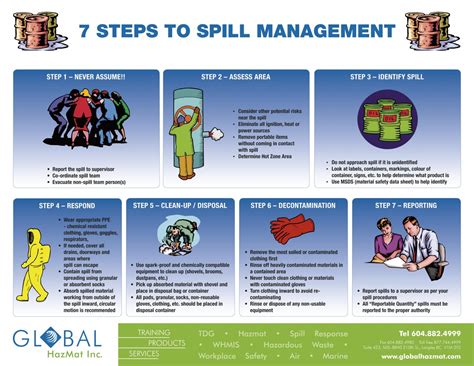Driveway Care: How to Handle Coolant Spills
Coolant spills on your driveway are more than just an unsightly mess; they pose a significant environmental and health risk. Ignoring a coolant spill can lead to damage to your concrete, harm to your plants, and even contaminate groundwater. This comprehensive guide will equip you with the knowledge and steps to effectively and safely clean up coolant spills, ensuring the health of your driveway and the environment.
What is Coolant and Why is it Harmful?
Automotive coolant, also known as antifreeze, is a mixture of water and chemicals, primarily ethylene glycol. Ethylene glycol is highly toxic to humans, animals, and plants. Ingestion can lead to serious health problems, including kidney failure. Furthermore, coolant is corrosive, capable of damaging concrete and other surfaces over time. The bright, often sweet-smelling nature of some coolants can make it particularly dangerous to children and pets.
How to Identify a Coolant Spill
Coolant spills are often easily identifiable due to their distinctive bright colors (typically green, orange, or pink). The liquid itself is typically viscous and has a slightly sweet odor. Look for puddles or stains on your driveway, particularly near your vehicle. If you suspect a leak, inspect your vehicle for any visible signs of coolant leakage.
What to Do Immediately After a Coolant Spill?
Immediate action is crucial to minimize the environmental impact and prevent further damage:
- Safety First: Wear protective gear, including gloves, eye protection, and a mask, before attempting any cleanup. This will protect you from exposure to the toxic chemicals.
- Contain the Spill: Use absorbent materials like kitty litter, sawdust, or commercially available spill cleanup pads to absorb the liquid. Avoid spreading the spill further.
- Prevent Further Spreading: If the spill is near a drain, block the drain to prevent coolant from entering the sewer system.
- Call for Professional Help (if necessary): For large spills or if you are unsure how to handle the situation safely, contacting a professional hazardous waste removal service is recommended.
How to Clean Up a Coolant Spill
Once you have contained the spill, you can proceed with the cleaning process. The method will depend on the size and severity of the spill:
- Small Spills: For small spills, you can use a mixture of water and a mild detergent to clean the affected area. Scrub thoroughly with a brush and rinse with plenty of water. Ensure that all traces of coolant are removed.
- Larger Spills: Larger spills may require more aggressive methods. You might need to use specialized cleaning products designed for coolant removal. Always follow the manufacturer's instructions carefully. Again, thorough rinsing with water is crucial.
- Concrete Stains: Coolant stains on concrete can be persistent. You can try using a pressure washer to remove the stain, but be careful not to damage the concrete. For stubborn stains, consider using a concrete cleaner specifically designed to remove oil and grease stains.
What Happens if Coolant Stains Remain?
Even after thorough cleaning, some staining might persist. This is mostly cosmetic and unlikely to pose any further health or environmental risks. However, if you're concerned about the aesthetic appearance, consider using a concrete stain remover specifically formulated for this purpose. Always test it in an inconspicuous area first.
How to Prevent Future Coolant Spills
Regular vehicle maintenance is key to preventing future coolant spills:
- Regular Inspections: Check your coolant levels regularly and inspect for leaks.
- Professional Maintenance: Have your vehicle's cooling system inspected and serviced by a qualified mechanic.
- Prompt Leak Repair: Address any leaks promptly to prevent further damage and spills.
Is it Safe to Drive with a Coolant Leak?
Driving with a coolant leak can cause serious engine damage and potentially lead to overheating, which can be incredibly dangerous. If you notice a coolant leak, it's crucial to have your vehicle inspected and repaired immediately.
This article provides a general guideline for handling coolant spills. Always prioritize safety and consult a professional if you are unsure about any aspect of the cleanup process. Remember, safety and environmental responsibility are paramount when dealing with potentially hazardous materials.

